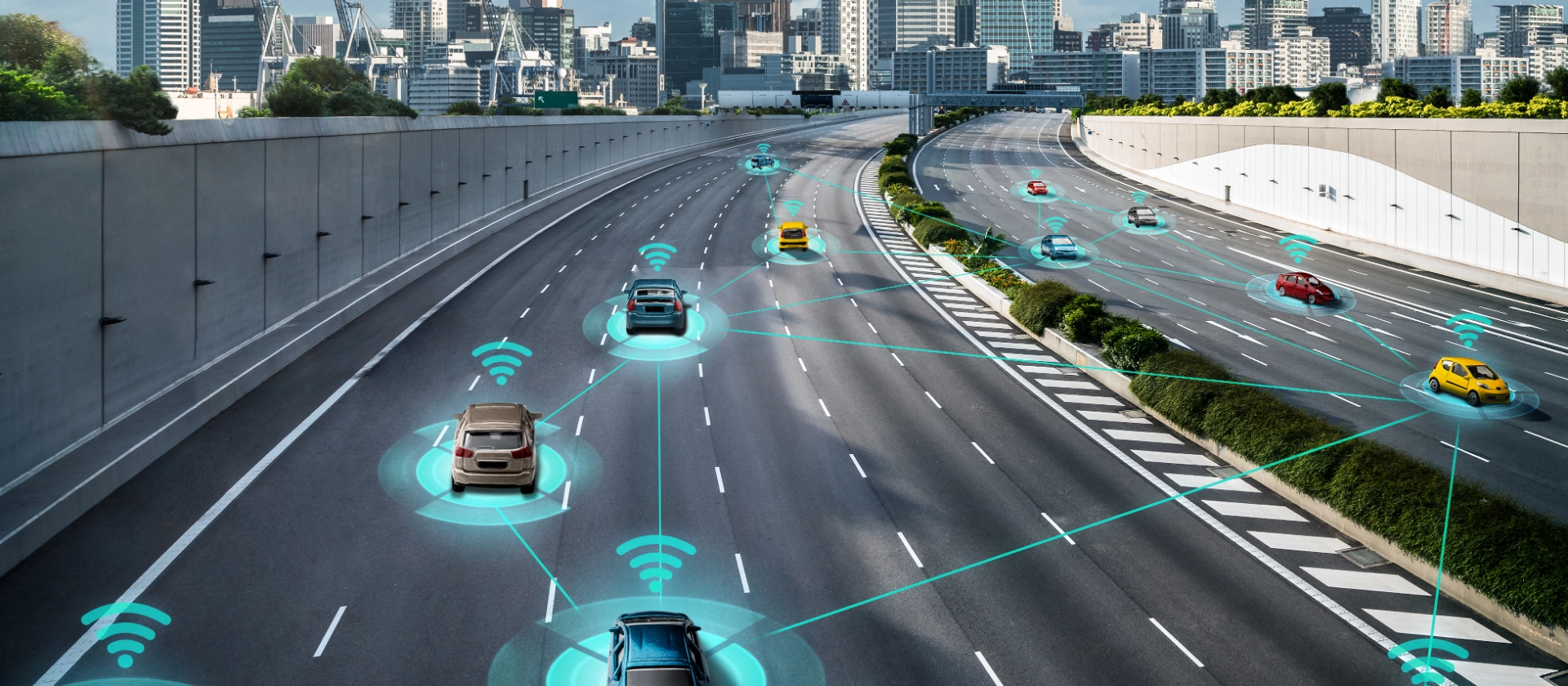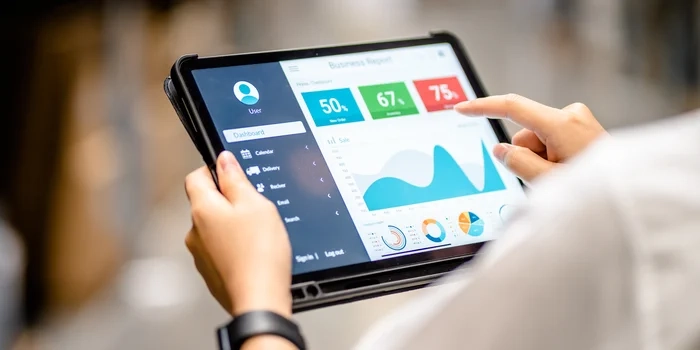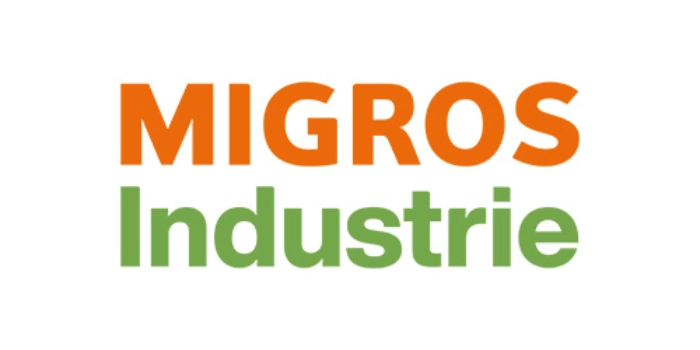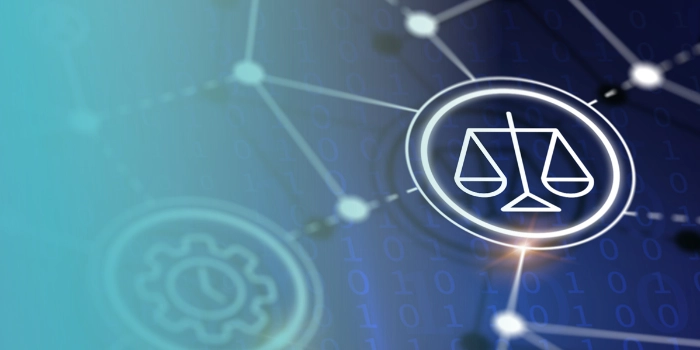

V2X communication
Regions take different paths
New standards for V2X communication
Regulators are increasingly recognizing the importance of V2X (vehicle to every-thing) communication to increase road safety. With the current means of communication (e.g., LTE, 5G) and the increasing functions of vehicles to determine their own position (e.g., GNSS, HD maps), the technical foundations have been laid for the implementation of the first applications ("day 1 use cases").
Challenge for the automotive industry: Large markets such as the EU, North America, and China are taking different paths in transmission technology, message standardization, and timelines for implementing V2X use cases.
Challenges for OEMs and suppliers of telecommunications components
1. Transmission technology
Initial reflections on V2X communication emerged in the early 2000s. Since mobile radio technology was not yet considered sufficient at that time, a WLAN-based standard was defined for communication between network participants: IEEE 802.11p. The further development of mobile radio technology and the standardization of broadcast/peer-to-peer protocols (3GPP) have since created the conditions for operating the V2X network via LTE and 5G technology. This is now leading to different approaches in the major automotive markets:
- EU: The ITS-G5 (ITS = Intelligent Transport Systems) standard based on WLAN technology is currently valid for the EU. First commercial implementations are in the field (e.g., VW, ASFiNAG). Discussion(s) about an extension to include 5G mobile technology are ongoing. The complex procedures for sharing the frequency range are currently being hotly debated.
- CN: China was an early adopter of mobile communications technology and has already implemented numerous pilot projects based on LTE and, more recently, 5G (cellular V2X, C-V2X). The large-scale rollout here will (in any case) be based on the mobile communications standards.
- North America: Like the EU, the USA committed to IEEE 802.11p at an early stage. Several major pilot projects throughout the USA are already using this technology. However, discussions are currently underway here, too, as to whether mobile radio technologies should not be used in the course of the general rollout. There are indications that mobile technologies are favored by the government and neighboring countries.
2. Message formats
The requirements in the regions also differ with regard to the message formats for exchanging information between the participants in the V2X network, as well as for communicating with the IT security infrastructure.
- EU: For the EU, ETSI (European Telecommunications Standardization Institute) has defined the message formats for Cooperative Awareness Message (CAM) and Decentralized Environmental Notification Message (DENM), for example. In addition, the IEEE 1609.2 standard has been extended by ETSI for IT-related security of message transmission.
- CN/North America: With the SAE J2735 standard, SAE defines the Basic Safety Message (BSM) for the exchange of information between V2X network subscribers. The IEEE 1609.2 standard is used for IT security of message transmission, although in the case of China it is extended to include CN-specific cryptographic algorithms. Concrete standardization has not been completed in either region; for example, the IEEE 1609.2 standard is currently being revised, while the Chinese standard based on it, YD/T 3957-2021, was released in December.
3. Schedule
By the end of this decade, binding specifications for V2X support are expected in the large markets. Smaller markets such as South Korea, Japan or even the European neighboring countries of the EU will follow these regulations in one way or another. In none of the regions are binding certification regulations for participation in the V2X network currently defined and published.
- EU: In the EU, a proposal for a directive on ITS (COM:2021:813:FIN) was published by the European Commission. V2X is also being discussed at Euro NCAP.
- CN: China New Car Assessment Program (C-NCAP) plans to introduce C-V2X as part of its assessment system by 2024. China still lacks approved standards for the concrete technical implementation of V2X and the associated IT security.
- North America: No milestones are currently known in the USA. Negotiations are currently taking place with neighboring countries (Canada, Mexico).
Success factors in the implementation of V2X requirements
In our view, the following aspects are crucial for successful implementation:
- Design for change: Decisions regarding V2X support are required for the next vehicle generation(s). Due to pending standardization procedures, it is important to plan for further adjustments in functionality.
- Unified architecture: Decisions on the extent to which vehicle and back-end architectures should be unified in relation to the different requirements of the regions are inevitable.
- Monitoring the standardization process: Early recognition of standardization trends in the individual regions is crucial for successful implementation. This prevents unwelcome surprises.
The IT security, automotive and V2X experts from msg
The msg group has in-depth IT and industry expertise. Experts in the areas of electrics/electronics, cybersecurity and homologation support our customers in the identification of relevant regulations in the field of V2X and C-ITS as well as in evaluating the architecture – until type approval is obtained. Our services include consulting, conception design, technical specification and implementation of IT systems.












